
This is a situation we encounter from time to time in those who have made footwear purchases based on our recommendations, and there is a surprising amount of nuance packed into the question and the answer that goes with it. First off, it’s always disappointing to hear that somebody may have had a suboptimal experience with any of the footwear that we suggest using. We take great pride in recommending only the most foot-healthy models for men, women, and children, and we personally test all the footwear we promote on our site to ensure that it’s compatible with Correct Toes. Ultimately, we feature footwear that works, in this regard, for most people, most of the time.
Because there is an incredible variety of foot shapes, foot widths, and toe widths out there, it's possible that there are some sets of feet that may simply not be able to make use of both the footwear and the toe spacers simultaneously (though in our experience, we have found this to be extremely rare). There are several questions that are important to ask to help get to the bottom of why our recommended footwear may not be working in combination with Correct Toes for you, including the following:
-
What specific footwear models have you tried? We feature on our site only the models from any given company that respect normal foot shape and that allow your foot to function naturally. In some cases, a particular manufacturer may produce footwear models that don’t meet our criteria for Natural Footgear Certification, and so we don’t include these options on our recommended footwear pages. If you're using a certain model that does not appear on our men's or women's shoes pages, then you may be wearing a shoe or boot that possesses a less-than-optimal toe box width or shape, which may help explain why you're experiencing difficulties in pairing your footwear with Correct Toes.
-
Have you tried the widest available option? Most of the footwear we feature on our site comes in just one width (wide) and, for the most part, will be among the widest in the toe box of any footwear you will have previously tried. In some cases, though, we recommend that women purchase the men’s version of a given shoe in order to achieve the greatest possible toe box width, as it sometimes happens that manufacturers will produce men’s footwear with a relatively wider toe box than the women’s option. Smaller-footed women may also be able to purchase the child’s version of the same shoe, which often incorporates the most anatomical toe box of all.
-
Have you purchased the correct shoe size? Ordering the incorrect shoe size (i.e. too small of a size) can result in a more constricting toe box that impacts your ability to successfully use Correct Toes to restore optimal foot health and toe alignment. We share sizing recommendations for each model that are intended to guide you toward the best possible fit in a given shoe or boot, and those guidelines have historically worked well for most sets of feet. Those who have relatively wide feet, however, may need to consider sizing up in order to achieve even more room in the toe box.
-
Have you purchased the correct toe spacer size? It’s essential for optimal toe alignment and overall foot and toe rehabilitation that you choose the correct size of toe spacer for your foot and toes. In most cases, there is a “best” size available for you in Correct Toes. You want to achieve optimal toe spacing, so, not too little, and, certainly, not too much. There can be a tendency, especially in the early stages of adopting natural foot health tools and techniques, to overdo it, to want to do too much to help speed along the rehabilitation process, and this overcorrection sometimes involves the use of a too-large pair of toe spacers. This will, of course, lead to unnecessary bulk and volume in your shoe’s toe box that will make the shoe feel more constrictive than it actually is.
In reflecting on this topic over the years and brainstorming strategies to help those who are on the cusp of being able to use Correct Toes inside foot-healthy footwear, we have come up with the following strategies that seem to help most people in this situation. So, if you’re hoping to use Correct Toes toe spacers inside your recently purchased (and Natural Footgear-recommended) footwear but can’t quite seem to make it all work together, you might consider trying the following:
-
Remove the Included (Optional) Insole: Almost all the footwear we feature on our site comes with a stock set of insoles that you can either leave in the shoes or take out. In most instances, we recommend removing these insoles, and this is how we ourselves wear most of the footwear that appears on our site. Doing so can make a surprisingly large difference in terms of the space it opens up for your foot inside the shoe or boot, and a lot of people have found this to be a valuable approach in creating the necessary toe box volume to comfortably house Correct Toes.
-
Try Using the Footwear Without Socks: While we love pairing Correct Toes and foot-healthy footwear with Injinji toe socks for optimal foot comfort, it’s possible, in most cases, to use our recommended footwear without socks, which can also free up a significant amount of space inside a given shoe or boot. Another option is to use only the thinnest available toe socks, which are the lightweight (“LW”) options. For many, this latter approach offers the best of both worlds: The ability to realize maximum foot comfort while preserving a good degree of toe box volume for the spacers themselves.
-
Perform a Simple Correct Toes Customization: While it’s understandable that you might have some hesitancy about modifying your set of Correct Toes, performing a half-pillar removal customization (on the pillar that sits between your 4th and 5th toes) can be very effective in helping you achieve a better union of shoe and toe spacer. Perhaps surprisingly, performing this customization actually does not have a massive impact on the function of the device or its ability to restore optimal toe splay, but it can make a big difference in terms of how your foot feels inside your shoe. Bear in mind that you can perform permanent customizations on your Correct Toes toe spacers and still return or exchange them within 30 days of receiving your order.
-
Deploy the FootFitter Shoe Stretcher: One very useful tool in helping you achieve better shoe/toe spacer compatibility is the FootFitter Shoe Stretcher. You can use this durable tool to “spot-stretch” your footwear, targeting those areas of the toe box that may be encroaching on your toe spacers or to prevent shoe rubbing on vulnerable toe areas and pressure points. The FootFitter Shoe Stretcher can be used on a variety of upper materials, from leather to synthetics. You can learn more about how to use the FootFitter Ball & Ring Shoe Stretcher here.
-
Adjust the Shoe’s Lacing System: If you're feeling any impingement by your shoe a bit higher up on your foot—throughout your instep area, or across your transverse foot arch/metatarsal heads—you might consider loosening (or even removing) the laces at the lower eyelets to create some slack in your shoe’s upper. Doing so can also have a positive impact further down your foot, throughout your shoe’s toe box, by removing unnecessary pressure and pinch forces on the sides of your 1st and 5th toes. Also, various “no-tie” shoelace options are available on the market, and these products can, in some cases, offer you the ability to better tailor your lacing system to achieve your desired goals.
While the footwear models we promote on our site are among the widest in the toe box available to consumers today, there are options from companies such as Crocs (among others) that may be even wider, and so these can be a good choice for those who have wider-than-average feet. Many wide-footed individuals also find Vibram FiveFingers toe shoes to be a good match, due to the individual toe sleeves and the typically expansile uppers that are incorporated into these shoes. Apart from that, if you have come up with any of your own hacks to solve the problem discussed in this article, please do leave a comment in the comments section below so that your fellow readers can benefit from your experience!

WANT TO IMPROVE YOUR FOOT HEALTH?
Let the team at Natural Footgear help you! Subscribe to our newsletter for the latest offers and helpful info, and sign up for our FREE email courses on various topics and foot health conditions.
Sign Up →
Want to Improve Your Foot Health?
We are here to help you every step of the way. Get our newsletter for the latest offers and helpful info, and sign up for our FREE email courses on various topics and conditions, including bunions, hammertoes, neuromas, plantar fasciosis, shin splints, ingrown toenails, and more.
Sign Up →
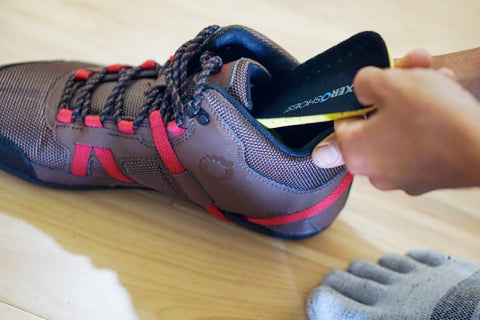 Most modern footwear comes with a removable liner or insole that sits in the bed of the shoe. Many people try on shoes and wear them for most of their lives without considering how the liner affects the overall fit and function of the shoe. It’s worth asking: If the liner was never meant to be removed, wouldn’t it be stitched into the shoe? Could it be that the shoe...
Read more
Most modern footwear comes with a removable liner or insole that sits in the bed of the shoe. Many people try on shoes and wear them for most of their lives without considering how the liner affects the overall fit and function of the shoe. It’s worth asking: If the liner was never meant to be removed, wouldn’t it be stitched into the shoe? Could it be that the shoe...
Read more




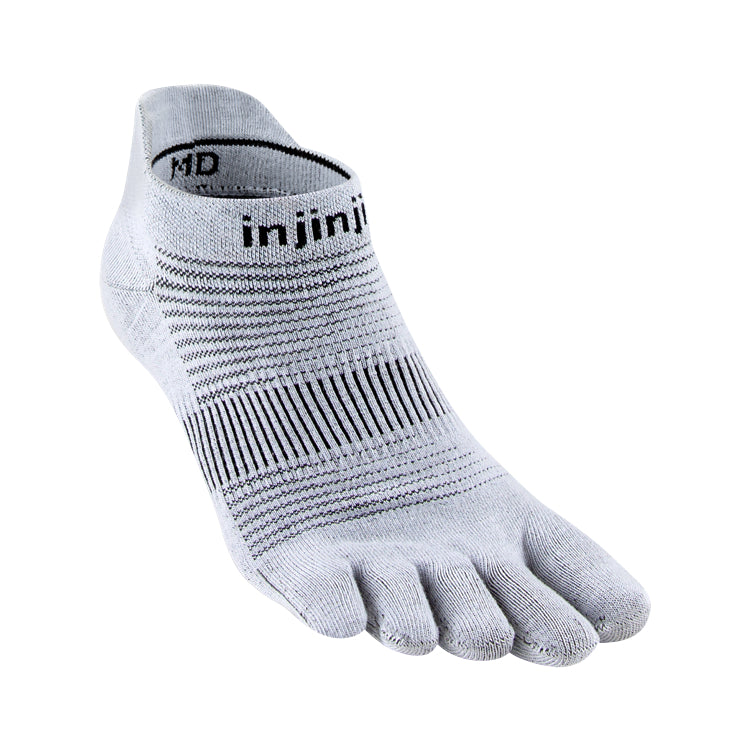

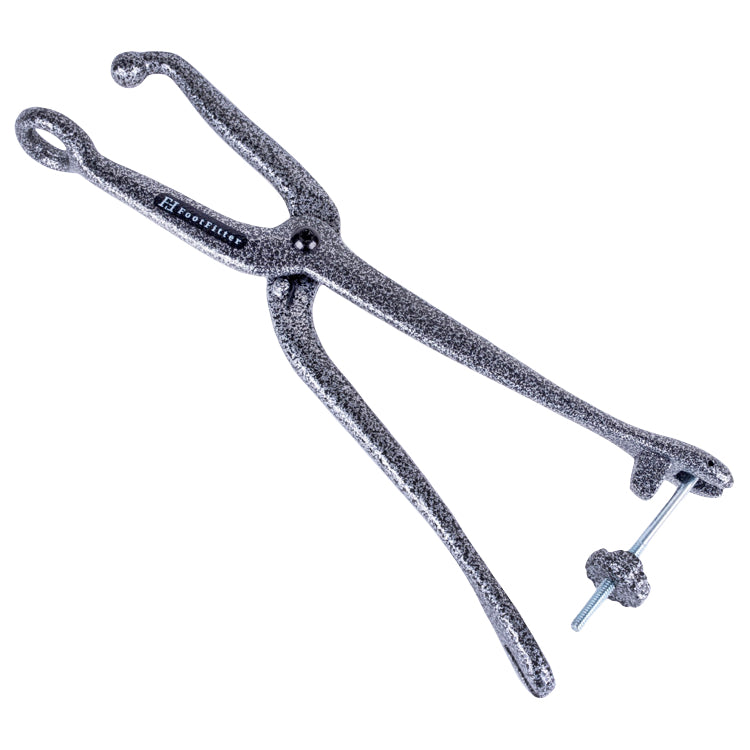
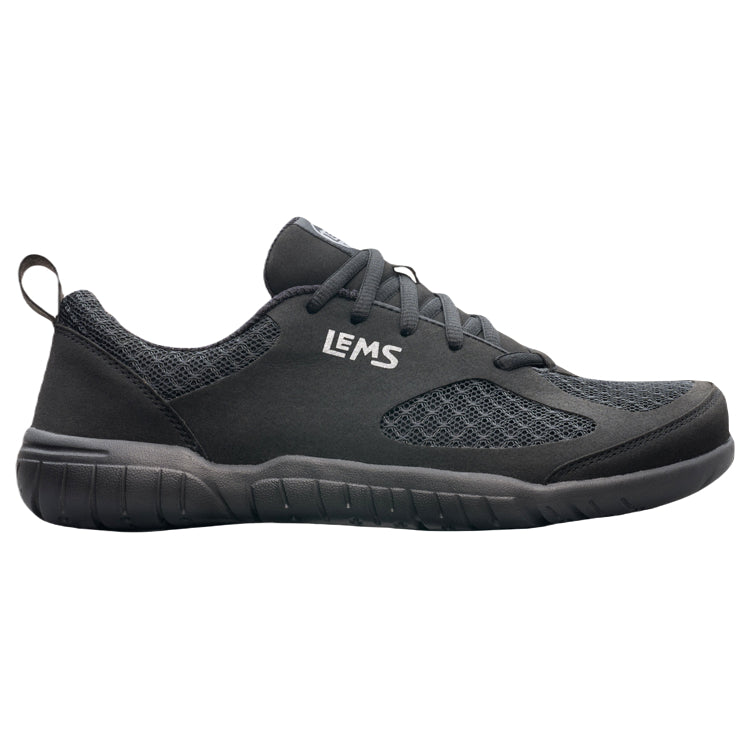
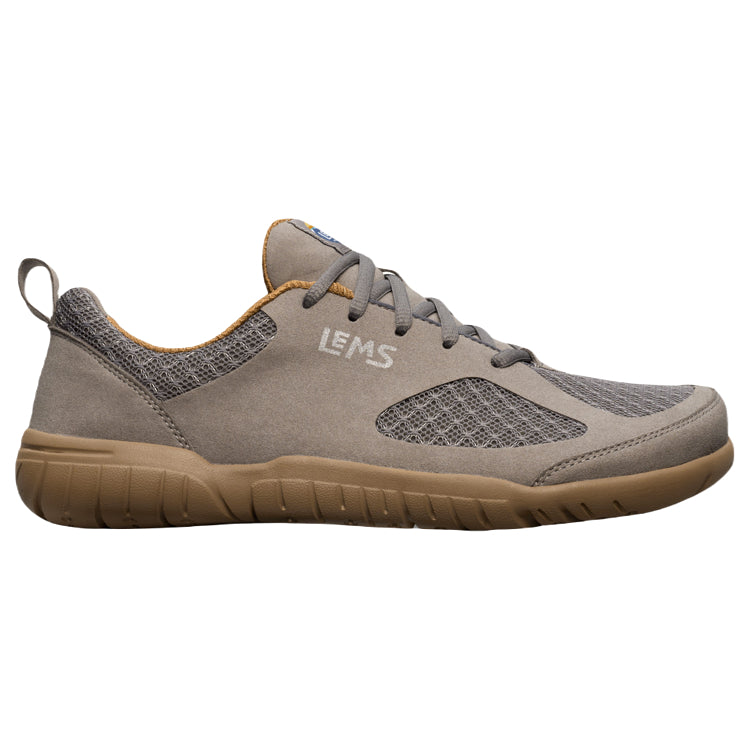
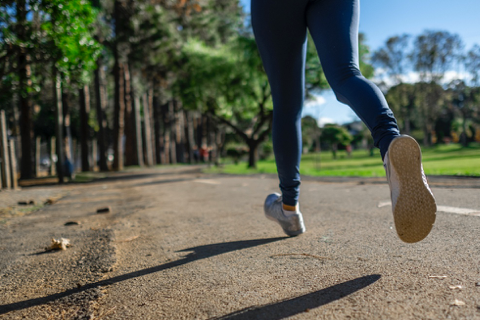


I guess I am one of those rare people you mention. I have tried many different minimalist shoes, including some that supposedly run wide, and almost all of them are too narrow for my feet. In addition to sheer width across the forefoot and toes, my toes don’t slope from the big toe to the pinky toe like most shoes, but go almost straight across. The only non-custom shoes that don’t compromise my toes (even without Correct Toes) are the Primal model shoes by Softstar. The “regular” version (as opposed to narrow) of these shoes is actually shaped like my feet, and I believe I could wear Correct Toes in them if I needed to (I don’t—my toes are well-spaced and line up properly with their metatarsals). All the rest of my closed-toe shoes are fully customized for me by The Drifter Leather. I wish shoe manufacturers would recognize that feet come in different shapes and widths. You would think that with modern technology, it would be easy to generate a variety of shapes and widths as well as lengths …
Hi, Karen,
Thank you for your comment. I’m glad to hear that you’ve been able to find at least a few brands or models that are a good match for your feet! It’s still challenging for manufacturers to create footwear that accommodates all sets of feet, but we may see more options (especially for unique foot shapes and volumes) appear if shoe production becomes more personalized with the introduction of new technology.
All the best,
Robyn Hughes, ND